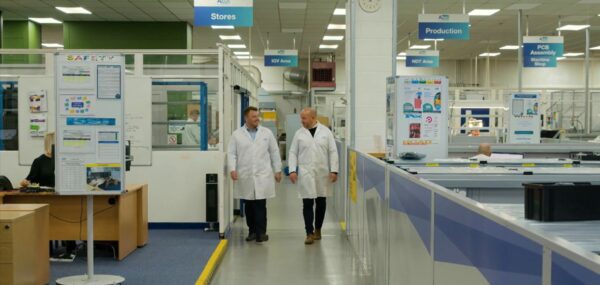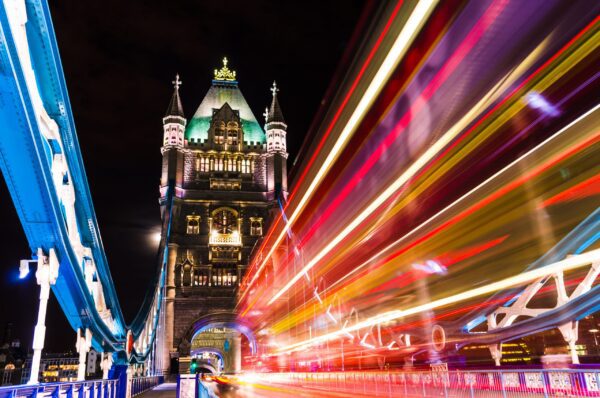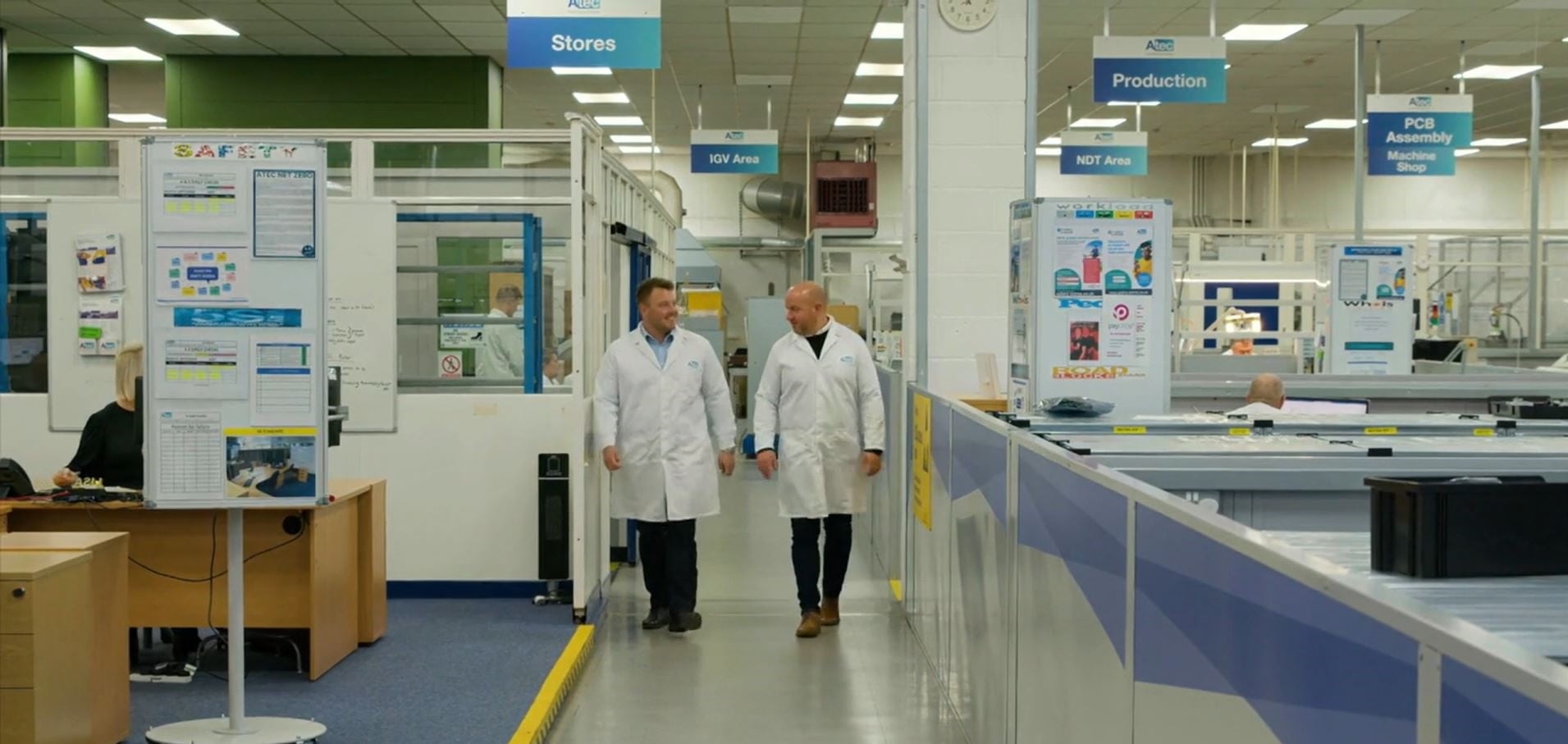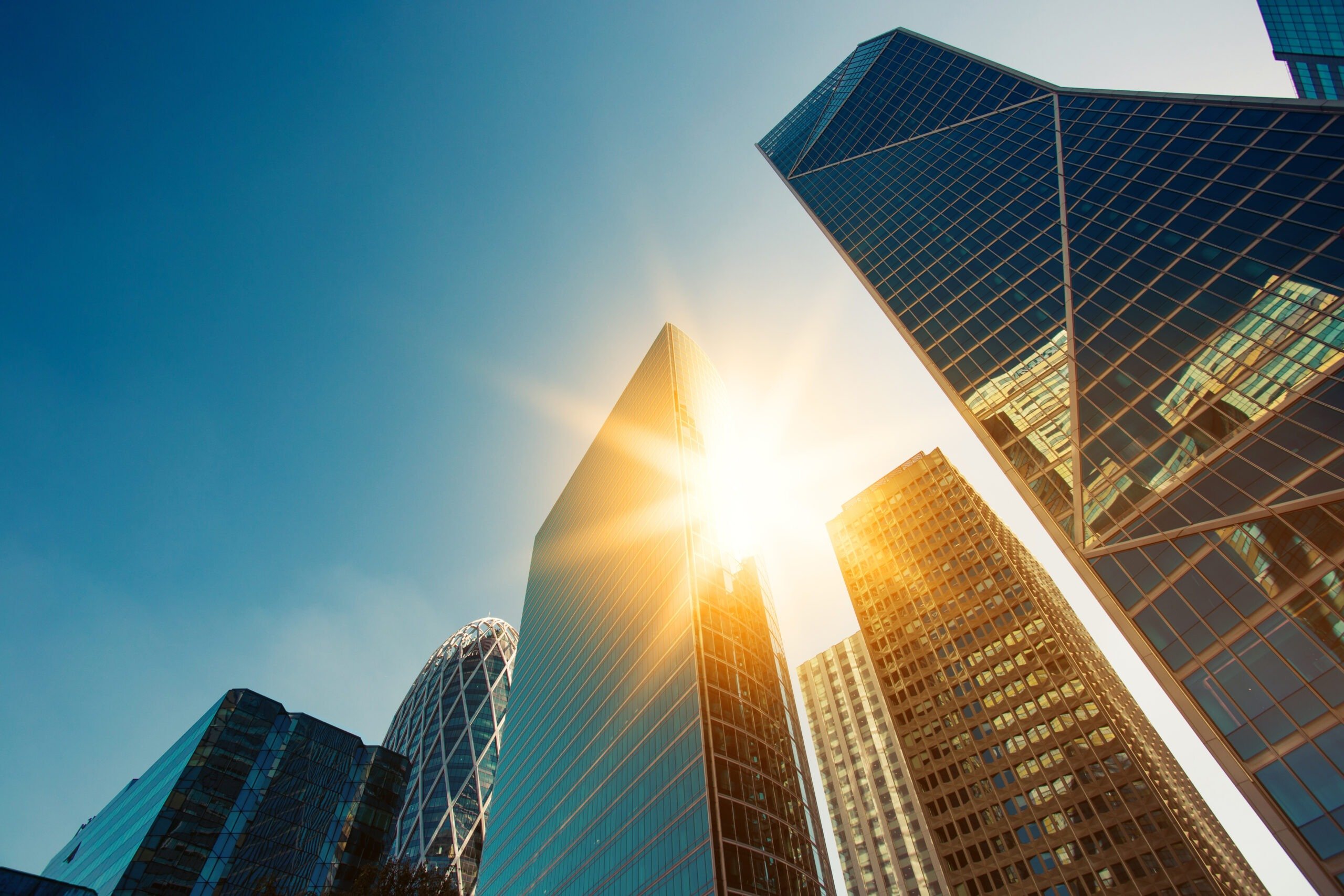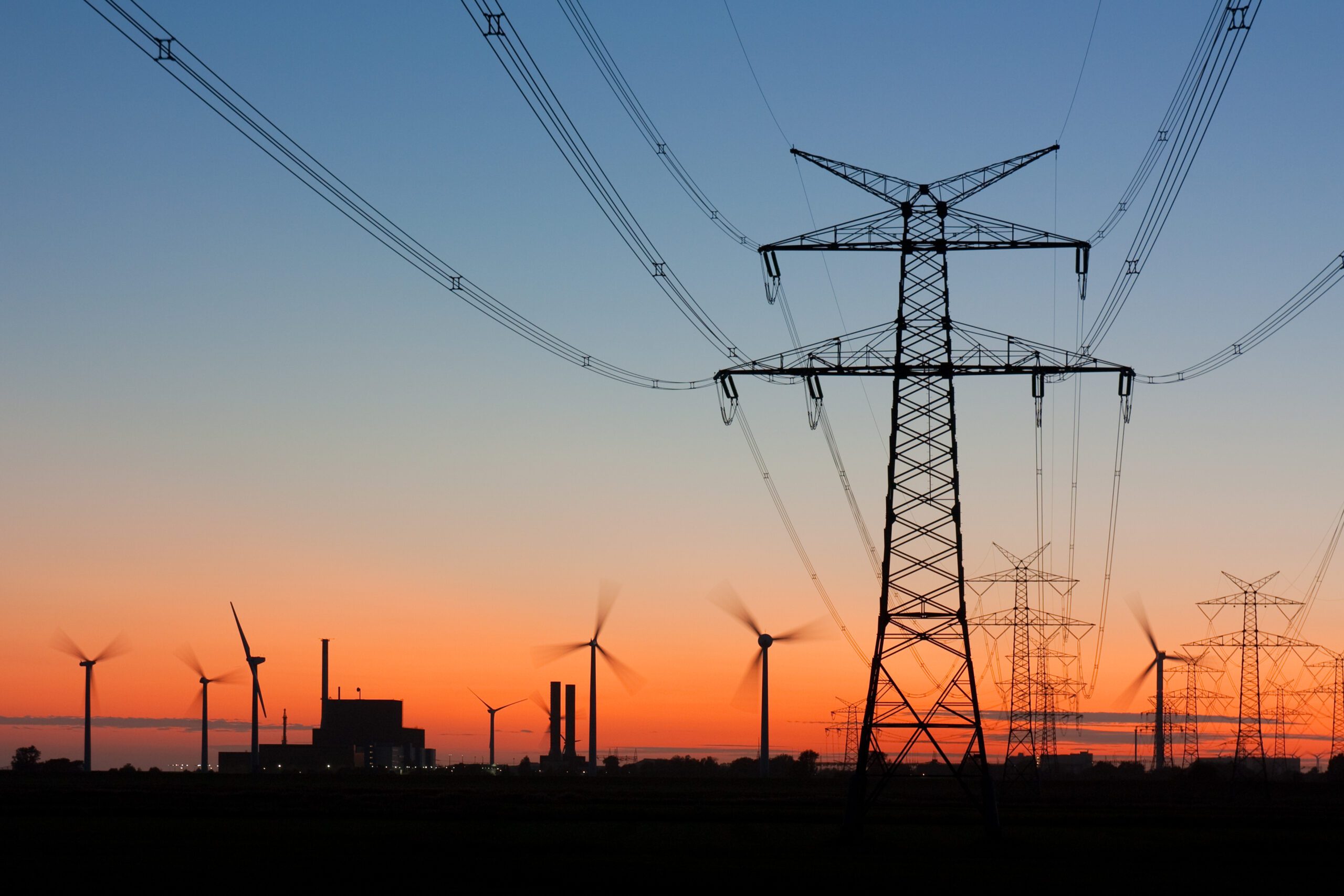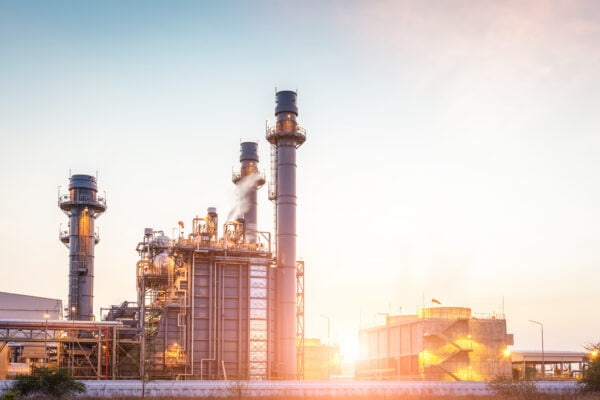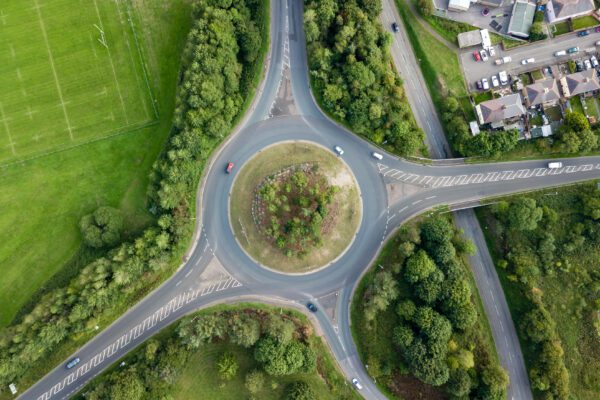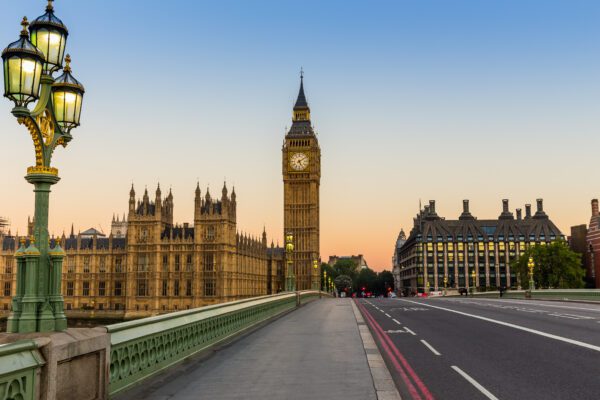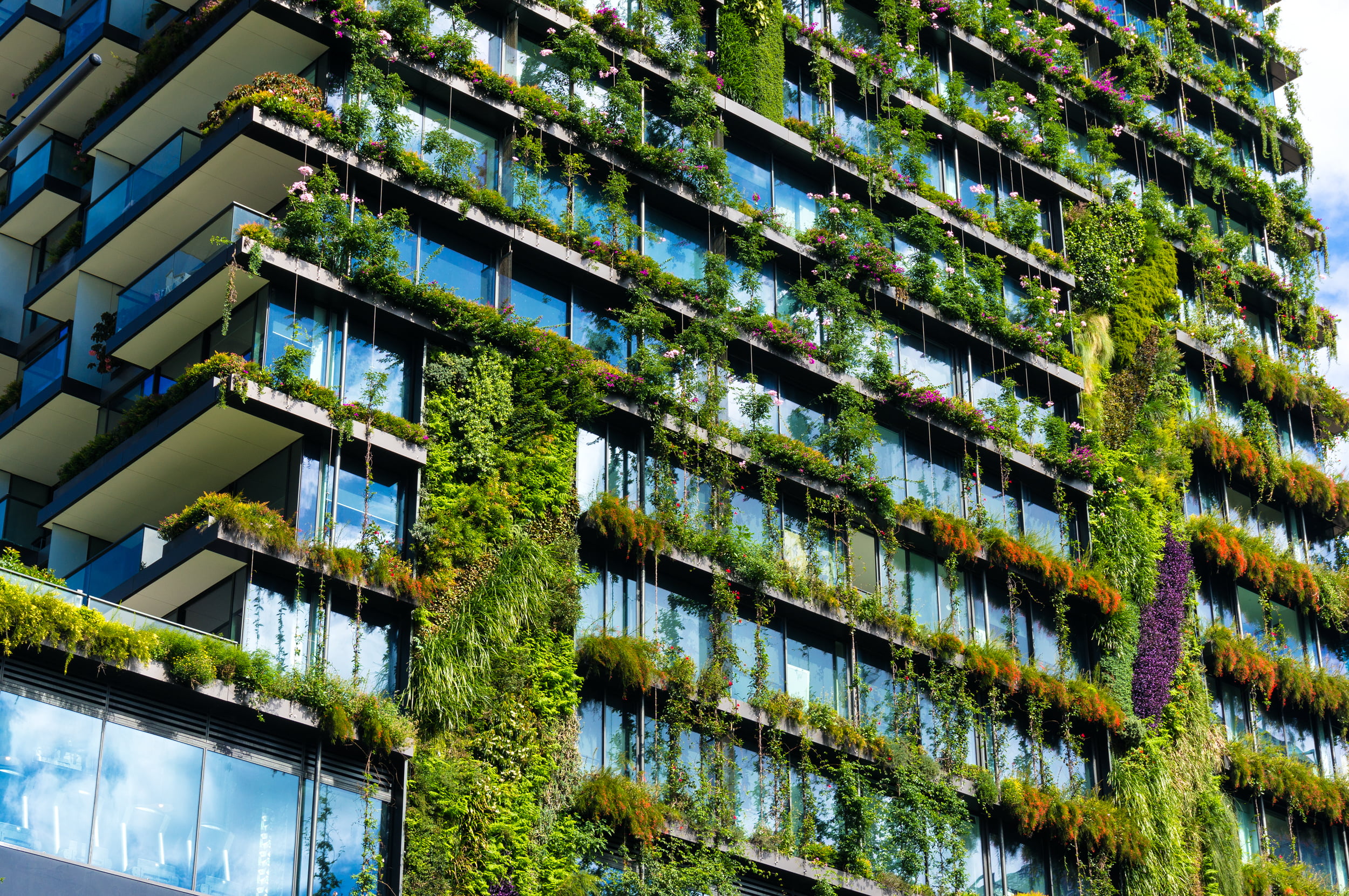
Eco cities aren’t exactly a new concept, but with many countries searching to find ways to balance our need for buildings and to support the natural ecological environment, could they be the future of the built environment?
The fight to protect our climate is inspiring us to develop new technologies and ways of living that will help us reach our global net-zero goals. With half of humanity – around 3.5 billion people living in cities (which is projected to reach 5 billion by 2030) – eco cities could be a part of supporting carbon reduction.
An eco city is designed to be a self-sustaining, resilient structure and function of natural ecosystems, and many say it’s what is needed to be able to support our sustainability goals. Cities around the world are constantly growing and developing, and there is an opportunity to use the buildings in major cities around the world to help reduce our carbon footprint.
What makes an eco city?
In 1975, Richard Register founded the ‘Urban Ecology’ organisation which created the idea of the ‘eco city’ whereby cities are to be in balance with nature.
An eco city should be designed to enhance health and quality of life as well as maintain the ecosystems on which they depend. To achieve this, it will provide:
- Ecological security – clean air, safe and reliable water supplies, food, healthy housing and workplaces and protection against disasters for all.
- Ecological sanitation – efficient, cost-effective eco-engineering for treating and recycling human waste and gray water.
- Ecological industrial metabolism – resource conservation and environmental protection through industrial transition with a focus on material re-use, life-cycle production, renewable energy, efficient transportation and meeting human needs.
- Eco-scape integrity – build structures and open spaces such as parks and plazas with connectors such as streets and bridges and natural features such as waterways and ridgelines to maximize biodiversity and accessibility for all, whilst conserving energy and resources and tackling air pollution, hydrological deterioration, heat island effects and global warming.
- Ecological awareness – help people understand their place in nature, responsibility for the environment and help them to change their consumption behavior and enhance their ability to contribute to maintaining a high-quality urban ecosystem.
A lot of this can be accomplished by transforming current and new buildings to work with the environment, not against it, reduce emissions and either be carbon neutral or carbon positive.
How businesses can contribute to eco cities
Businesses in the UK are challenged with reducing their carbon emissions and energy consumption and although there are some government schemes, levies, and grants available to support; businesses who can, should go beyond the requirements to build a better future.
If your business owns a building based in a city there are upgrades you can make to not only improve your buildings energy efficiency but put you on track to turn it into an eco-building. Or if you’re in a rented building, encourage more sustainable action throughout your upward chain and encourage other renters to do the same. Let’s explore a few ways we could transform our buildings to support the environment as well as meet our carbon reduction goals.
Energy generation
The ability to generate your own energy to power your building is a great first step that many businesses have already done or are looking into. Solar power, EV charging, hydropower, wind power is just some of the types of energy generation your business can implement on-site. Experts at Inspired Energy can help support your business with understanding the most suitable on-site generation technology to install and how to implement it.
In 2013, the Shanghai Tower was noted as “the greenest super high-rise building on earth at this point in time”. Sitting at 2,073 ft at its tip, it was designed to capture rainwater for internal use, and it also recycles a portion of its wastewater into its green spaces.
The building which completes a 120-degree twist as it rises, is intended to reduce wind loads on the building by 24% which also reduced the amount of construction materials needed, including 25% less structural steel than a conventional design of a similar height.
Most of the building’s energy is provided by conventional power systems, and 270 vertical-axis wind turbines located near the top of the tower, capable of generating up to 350,000 kWh of electricity per year. It also features double-layered insulating glass façade to reduce the need for indoor air conditioning with reinforced glass that has a high tolerance for temperature variations. The buildings’ heating and cooling systems use geothermal energy sources.
Whilst this building has taken great steps to an all-encompassing energy ecosystem, supporting these efforts with battery storage on site to help initially reduce any reliance on the grid takes it to a new level. Battery storage is a great way to save up any extra energy generated to be used at peak times where energy consumption from the grid is expensive. Particularly for a building of this size.
Green spaces
The Covid-19 pandemic has certainly influenced how we see buildings and homes. Being closer to nature, particularly for those in apartments, has become more important. This is something property developers or property management companies could be looking into when investing in upgrades or adaptations to their living spaces.
This shift in priorities doesn’t mean everyone will be flocking to remote suburban offices, as city offices still have demand. But more are seeing the benefits of having green spaces in their buildings. One fantastic example is Milan’s paired towers with Bosco Verticale trees.
These buildings are a great example of an eco-building with over twenty thousand square feet of exterior trees and shrubs. These buildings helped to add more housing and infrastructure but also help to mitigate smog and produce oxygen.
It’s estimated that the trees and perennial plants in the buildings convert around 44,000 pounds of carbon each year, as well as attracting new bird and insect species into the city. The trees and shrubs also help to manage the buildings temperatures, as well as protecting from noise pollution and dust from street level traffic.
Not only that but the building itself is self-sufficient using renewable energy from solar panels and filtered wastewater to sustain the buildings’ plant life. The technology implemented supports the buildings ecosystem and reduces the overall waste and carbon footprint of the towers. Overall, the buildings have vegetation that is equivalent of that found in a one-hectare woodland.
Can you imagine what our cities could look like if initiatives and technologies like this were implemented in every building? On-site renewable energy, with the aim of reducing reliance on the grid; is the starting point and creates endless opportunities and possibilities for our built environment, helping us to reach our sustainable goals for the future.


